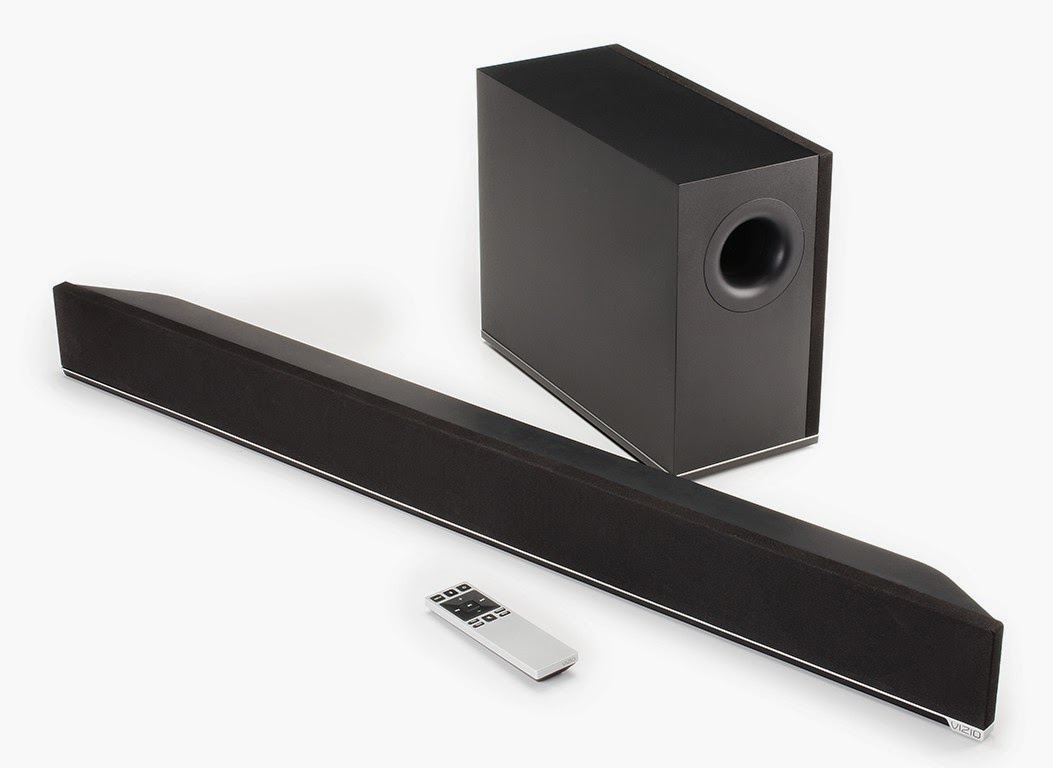SanDisk 64 GB Media Drive - $120
Portable storage has become somewhat of a fixation for me lately. With so many phone and tablet manufacturers eliminating the SD card slot, adding extra storage can be a pain if you don't want to use (or lack access to) cloud storage. The SanDisk Media drive functions in a way as both external storage and a mini "Cloud" storage device.
If hooked up to a computer, the media drive functions like any other external storage, but its real trick is working as portable WiFi hotspot for storage. This, of course, requires an app for Android, iOS, and Kindle (sorry, no Windows Phone support yet), but it's free and easy to set up. Setting it up took only a few minutes and after transferring some files to test it, I was able to access them quickly (with speeds capped at the theoretical 54 Mbps of your standard cheap WiFi router).
The drive itself is small and pocket-able with an eight hour battery life which makes it easy to take along and reduces worry over not having enough power. It also charges via the micro USB 2.0 port, reducing additional cords needed. Finally, it has a standard SD card slot for up to 128 GB in addition to the built-in 64 GB. It's possible there will be a firmware update (which is done through the app) to allow higher capacities.
At $120, some might find it a bit pricey. For them, a $32 GB version exists at only $80 for those trying to save money. Overall, I like it. It makes the transfer of on-the-spot files to my friends quick and painless with multiple people (8 for standard files, 5 for HD video like the package advertises). The only drawback is the USB 2.0 which seems a bit dated.
The Good: Solid battery life, expandable, compact size, allows for multiple users to access at once, easy to set up, updates to firmware through the phone app.
The Bad: Only USB 2.0, a little pricey for some.
Final Grade B+
Philips Bluetooth Speaker BT3500 - $79
I've said before I have an affinity for Philips products and this speaker is no exception. Found at target one day after the BR-1X speakers mysteriously disappeared completely, I bought this speaker to replace the tiny SBT10 Philips speaker. What drew me to this speaker was the two inch drivers in a compact design. Indeed, the BT3500 bears a sort of retro design with its knob volume adjuster.
The primary concern of any Bluetooth speaker is sound quality. The BT3500 has very strong volume levels for its size and maintains clear audio even at max. However, it has no passive radiator like a lot of other speakers so bass is very weak. In the end, this speaker works great like at my work where equipment makes it hard to hear music and this speaker can push over the noise.
Additionally, it has speaker phone capability, AUX in, and NFC for quick pairing. Battery life is rated at 5 hours, a little on the low side. It does use micro USB for charging, so any standard cell phone charger will work. It comes with a cord, but no adapter, nor is there any type of carrying case so the grill tends to accumulate crud. Finally, it does have a small fold out stand that props the speakers towards the ceiling. Overall, this speaker for me is a little more niche than the BR-1X which is a better deal in my opinion.
The Good: Loud and clear sound at any volume, NFC pairing, speaker phone, AUX in, standard micro USB charging.
The Bad: Very little bass, battery life is subpar, no carrying case.
Final Grade: B-
Vizio 38" Soundbar $160 - ($146 my price)
Soundbars are a good way to boost the quality of your TV audio without the expensive and time-consuming hassle of setting up a 5.1 sound system. I originally purchased a cheap iLive 2.0 sound bar for my TV. After owning it for about six months, I was unhappy with the overall sound quality and decided to buy the Vizio 2.1 soundbar.
The Vizio 38" soundbar had near critical acclaim from customers and professional reviews alike and it shows. Setting it up took only a couple of minutes and the wireless sub-woofer paired up almost immediately. The sound was excellent and clear across the mids and highs with thunderous bass. There are also settings on the remote to adjust bass and treble along with a couple of Vizio specific settings like TRUsound. It takes a little work, but with some adjustment, anyone can get the type of sound they prefer. I will tell you, while I don't know the wattage of the speakers, they are very loud and can shake an entire room.
In addition to the remote, there are buttons on the back of the soundbar to adjust in case you lose the remote, so it isn't immediately rendered useless like a lot of other soundbars. Adjustments are displayed in the lower left of the soundbar with little LED lights. It isn't as elegant as a display, but I do appreciate so type of indicator that my last one lacked. The soundbar also comes with Bluetooth which is a nice addition typically seen in much more expensive soundbars. Finally, it comes with just about every type of connection cord you could need eliminating troublesome shopping for cords.
Overall, I think the soundbar is an excellent value for anyone looking to boost their viewing experience. The only issue I found was a delay when turning it on until sound came out. It's nothing major, but some might think the system is messed up initially.
The Good: Excellent sound, very loud, easy to set up, Bluetooth connectivity, audio cords included great value.
The Bad: Slight delay when turning on.
Final Grade: A



.png)


